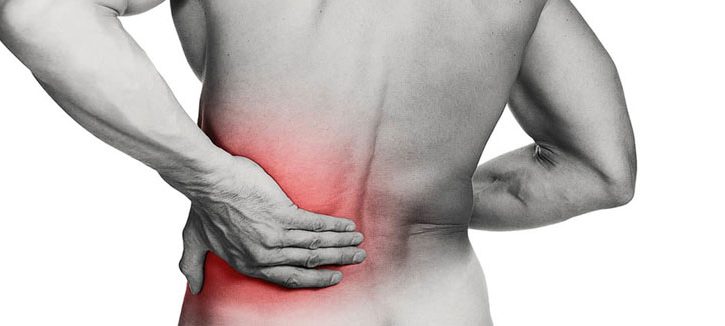in Joints & Muscles, Osteopathy
Myths About Lower Back Pain! – Part 2

When in pain we often change our posture to protect the region of pain. For example, if we sprain an ankle, we put more weight on the non-injured leg to protect the injury. In cases of back pain, it is often seen that individuals lean over to one side, this is known as an antalgic posture. They can’t necessarily force themselves to straighten up as the nervous system is in protective mode and will not allow the back muscles to relax enough to straighten up. This gives the impression that something in the back has gone out of place or slipped. Some manual therapists strengthen this belief by saying they are realigning things with their treatment. Although this was a reasonable opinion in the past, we now know this is absolutely NOT the case as research and imaging technology can now view our bodies during movements when standing and not just with a static X-Ray while we are lying flat on our backs.
This is not to say that manual treatments such as massage and manipulation don’t help back pain. Patients often report both increase range of movement and reduction in pain after treatment. That is fine as long as they are also getting a realistic explanation of what has just happened to their body during treatment. Imagine you have back pain and you go to see a manual therapist. After the treatment, you get off the table and you can now bend forwards 50 % further and with 50% less pain doing it. You should now feel that your back is not in as bad shape as you thought beforehand. You may be a little more relaxed about how much damage you have done, (” it obviously isn’t as bad as I thought!”) this will lead to less muscle guarding, improved well being and hopefully speedier recovery.
Most people, in general, feel that the spine needs to be protected “My posture at work is diabolical.” “I know I sit really badly.”, these are common phrases I hear in the clinic that now appear to have little or no bearing on incidences of back pain. Our backs are NOT as vulnerable to damage as we tend to think. Such beliefs have led to the provision of explanations and treatment that promote fear, protective guarding and avoidance behaviours. Common explanations include: “Your pelvis/disc is slipped/out of place.” “You have a weak core/ we need to strengthen your core muscles.”
There is no evidence that an ideal posture even exists. There is certainly no scientific evidence to support the theory that slouching is to blame for the amount of back pain seen in society today. In fact, many people with back pain adopt very rigid upright postures and can’t relax. The next time you tell yourself off for slouching in your chair at work, look around and see how many people without any back pain can sit in a wide range of relaxed postures compared to people with back pain who often appear very rigid and uncomfortable looking postures.
Strengthening the core with such exercises as planks, sit-ups and Pilates has become very popular, however, core- stability programmes are no more effective than other types of exercise for back pain (for example walking). In fact, research has shown that many people with back pain over-work their core muscles to the point of fatigue.
Imagine carrying heavy shopping bags around at Christmas. We make a fist to hold the handles and walk from shop to shop holding the bags. After a period of time, your hand starts to feel sore as the muscles fatigue so you put the bags down for a rest. The first thing you notice is how stiff your fingers are. They don’t easily open back up. Core exercise encourages you to tense up your abdomen and hold your back upright, this in fact can put more pressure on the back when it is sore.
The ‘weak core’ or lower back instability theory is not supported by science and can create a lot of unnecessary fear and needless complication to any episode of back pain. Instead, moving in a relaxed, confident manner is more efficient.
Inactivity results in discomfort and the back is designed for bending and lifting, so taking regular breaks from sitting is very important. It is the amount of time sitting that is the problem and not the way that we sit.
Like any other joint, or series of joints in the body, the back is designed to move and adapt to many activities. It is important to be conditioned to lift; and shown how to lift heavy things correctly and safely, however, the back is designed to move and adapt to many activities. In the same way that a person can get sore muscles after doing an unaccustomed activity, back pain can strike when lifting something awkwardly or something that we are not used to doing.
People will use different techniques to lift that they find more comfortable and efficient in the same way that we all have a different running gait. The key thing is regular activity and allowing the body to get used to different loads and weights.
This article was written by Matthew Oliver M.Ost DO ND. Osteopath.
- Using Self-Talk to Boost Self-Confidence - 5th April 2024
- Simple Techniques for Recharging Amid a Hectic Schedule - 28th March 2024
- Letting Go of Material and Emotional Baggage - 12th March 2024
